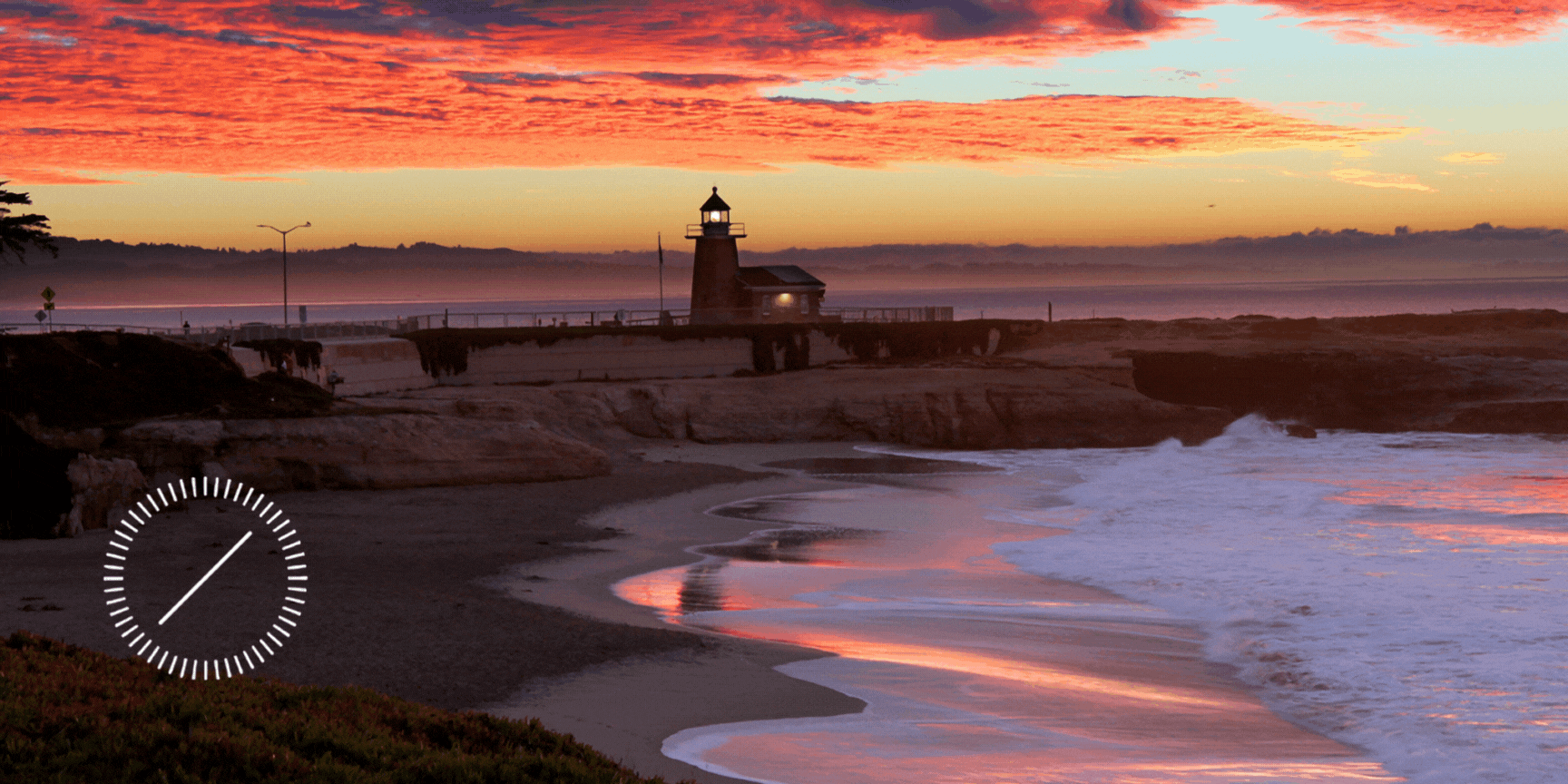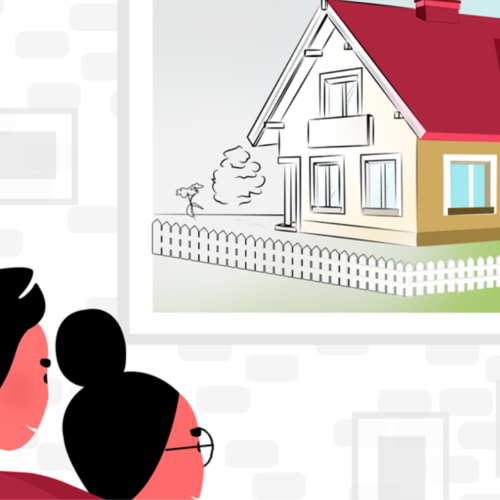Tiny homes have captivated our attention through popular TV shows and social media platforms like Pinterest. These charming dwellings not only maximize limited space but also promote sustainable living by reducing our carbon footprint. The tiny house trend in Santa Cruz advocates for a simpler lifestyle and liberates individuals from the burden of hefty mortgages.
The Size of Tiny Houses
The average size of a recently purchased single-family home, according to the 2017 Profile of Home Buyers and Sellers by the National Association of RealtorsⓇ, is approximately 1,870 square feet. In contrast, tiny houses range from a mere 100 to 400 square feet. To put this into perspective, you could fit at least 144 400-square-foot homes on a football field!
Cost Considerations
The cost of a tiny house in Santa Cruz varies depending on the materials used and the level of customization. There are three options available: custom-built houses, pre-fabricated models, or building it yourself.
Manufacturers and developers like Tumbleweed Tiny House Co. and Wheelhaus offer made-to-order models starting at an average price of $57,000. For those seeking more luxurious options, complex tiny houses can exceed $140,000. Nevertheless, these prices are significantly lower than the median price of a family home, which is around $235,000.
If you possess the necessary skills and enjoy hands-on work, building your own tiny house can be a rewarding endeavor. The average cost of constructing a tiny home ranges from $35,000 to $40,000. However, bear in mind that unexpected costs may arise during the building process. Some resourceful homeowners have managed to build their tiny homes for less than $10,000, but this is often an exception rather than the norm.
Navigating Zoning Restrictions
While you may have ample space in your backyard or own an empty plot of land, it is essential to consult local ordinances before placing or constructing a tiny house. Even these diminutive dwellings must adhere to building and zoning regulations imposed by the city.
The permissibility and location of a tiny house depend on its size. According to federal building codes, a home must have a minimum size of 120 square feet. Additionally, it must satisfy specific requirements, such as a minimum ceiling height, adequate square footage for habitable rooms and bathrooms, and two means of egress in case of a fire.
Apart from federal regulations, each state and city has its own set of laws that builders must comply with. Some areas, like Oregon and Wilmington, NC, have established minimum size restrictions for tiny houses. Conversely, locations such as Spur, TX, Sarasota County, FL, and Philadelphia have no specific size limitations as long as the dwelling adheres to standard building codes.
Tiny homes on wheels and accessory dwelling units typically face less stringent regulations compared to houses attached to foundations.
The Rise of Tiny-Home Communities: Embracing the Santa Cruz Tiny House Movement
The tiny house movement has experienced substantial growth, with over 50 tiny home communities emerging across the United States, according to real estate site Trulia. These communities cater to different demographics and promote diverse lifestyles.
The Tiny House Community website highlights several locations where these communities are already established or under development. Among them are Bedford, IN; Del Valle, TX; Fairfield, IA; Lemon Grove Village in CA, and Palm Coast and Orlando, FL.
The surge in the Santa Cruz tiny house movement can be attributed to various factors, with the economy and environment playing significant roles. The affordability of tiny homes, particularly in the aftermath of the 2007 financial crisis, has attracted individuals seeking alternatives to traditional housing. Many who faced unemployment or foreclosure found tiny homes to be a viable and cost-effective option.




